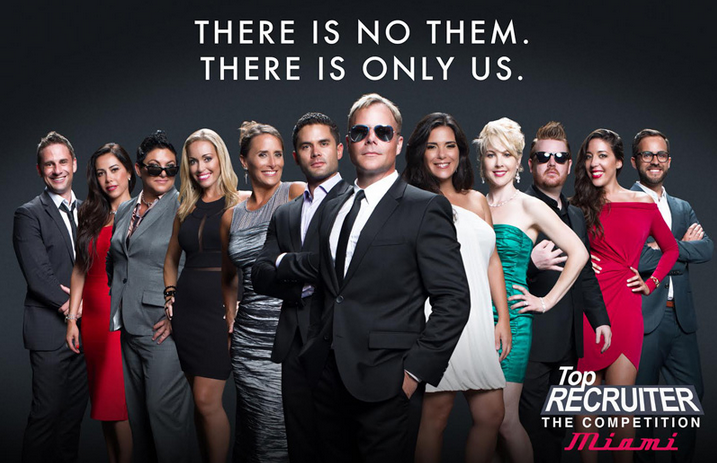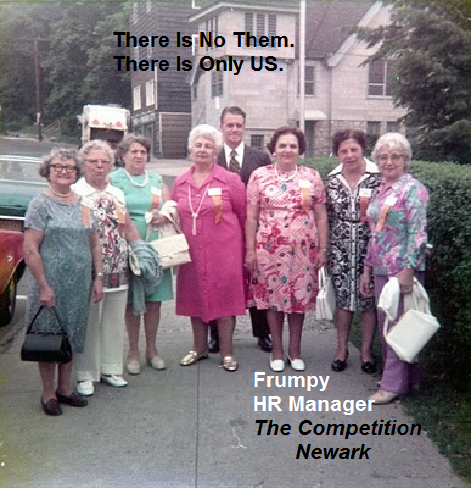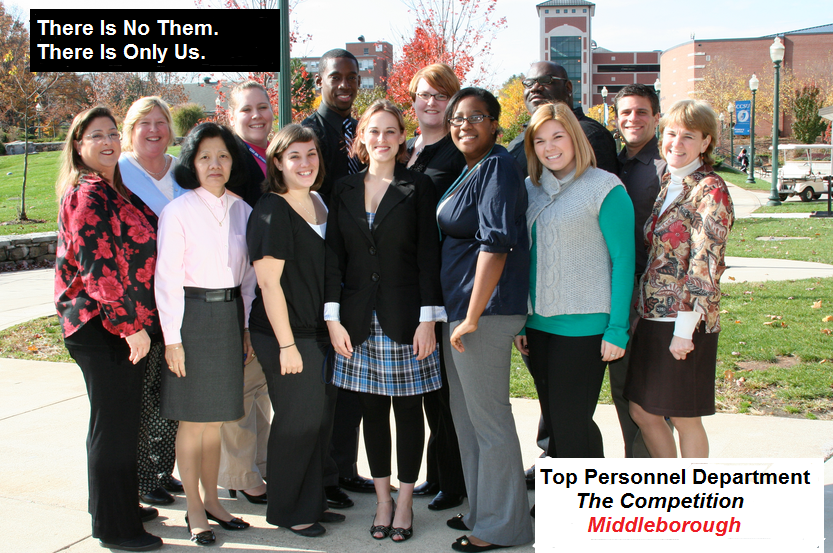Have you been in that place? You know the place. That place where you feel the only option you have is to find some ‘magical’ solution to whatever problem or issue you’re facing.
That’s the problem, there is no magical solution.
But we search, and search, and search. This seems to happen a lot in HR. We tend to need more magical solutions than most other parts of the organization.
The search only stops when the problem takes care of itself. And it always does. Mostly, you just take too long to come up with a magical solution, so time does it for you. This is usually the worst option, but since you didn’t move on any solution, the only solution presented itself.
We spend so much time and resources searching for magical solutions.
That’s really your sign. The moment you believe it’s going to take some sort of extraordinary solution to solve your issue is when you should stop looking. That is the exact time when you start providing ‘lessor’ options. Well, we aren’t going to land Jack, our number one candidate and the only person in the world that can do this job. Here are two others that can do about 75% of what we need. When would you like to talk to them?
Lessor doesn’t mean bad. It only means that it’s lessor than magical! Look, we can’t come up with a magical solution, here’s what we have. The faster you can move forward, away from magical, the sooner you’ll actually solve your problem for real.
I’m pretty damn good at Recruiting and HR stuff, but I’m not magical.
What I can do is move things forward in the best direction we have available to us. You might not want to hear that, because magical stories are so great to listen to, but this is what we have. Stop searching for magical solutions and start delivering real solutions.



